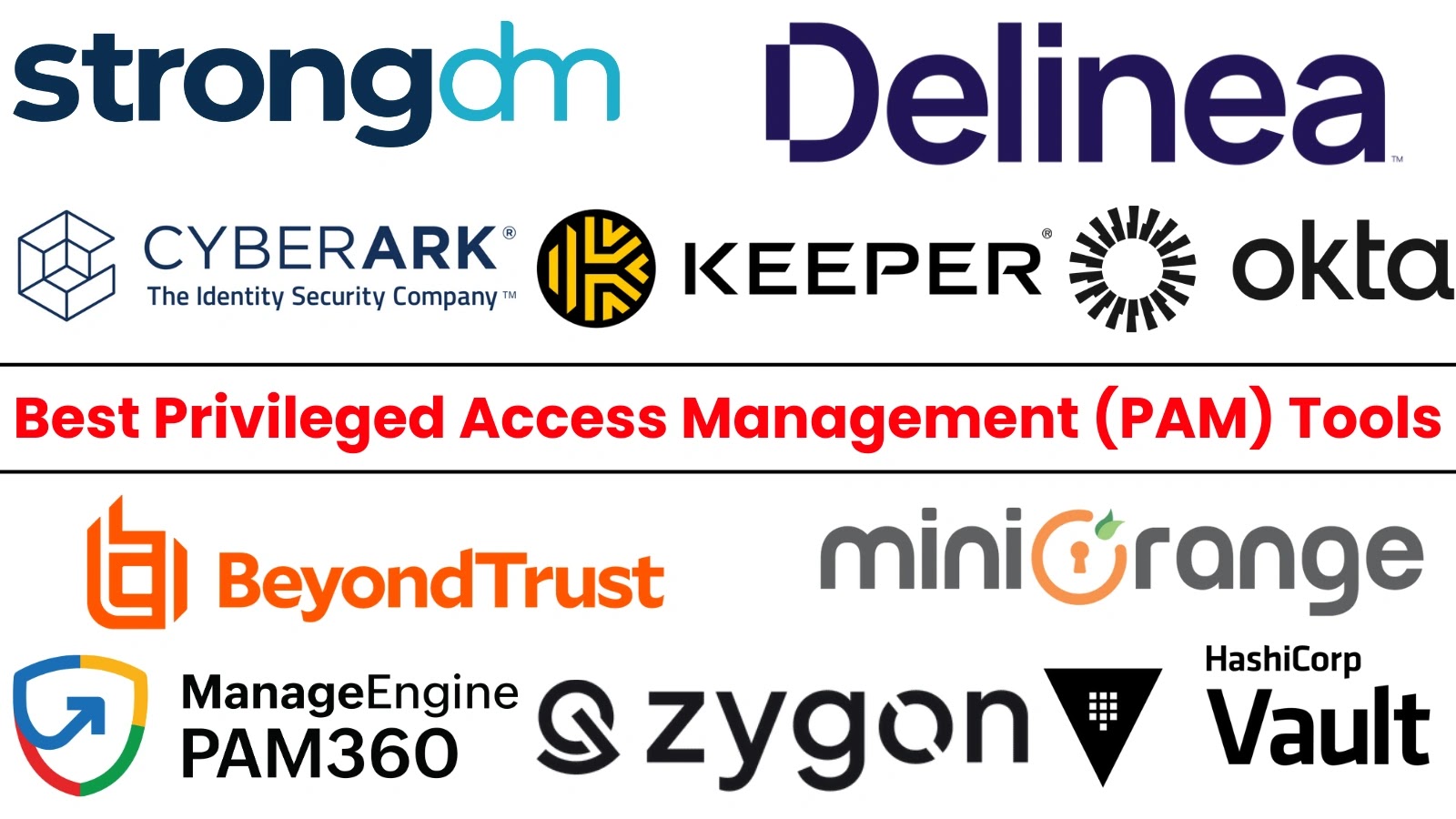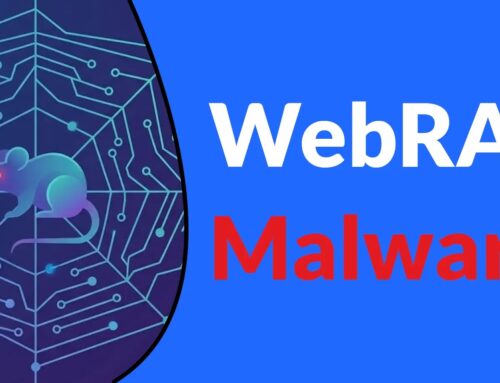
Top 10 Best Privileged Access Management (PAM) Tools in 2025
Unveiling the Critical Importance of Privileged Access Management (PAM)
In the relentless landscape of modern cyber threats, safeguarding privileged accounts is not merely best practice; it’s an existential imperative. Data breaches and sophisticated cyberattacks frequently exploit elevated access, making robust Privileged Access Management (PAM) a cornerstone of any effective cybersecurity strategy. PAM solutions are designed to manage, monitor, and secure the powerful “keys to the kingdom” – those accounts that grant broad control over critical systems and sensitive data. They ensure that legitimacy, accountability, and least privilege are central to every administrative action.
Without stringent PAM, organizations face heightened risks of insider threats, credential theft, lateral movement by attackers, and compliance failures. Breaches involving privileged credentials often lead to the most severe financial and reputational damage. Therefore, selecting the right PAM tool in 2025 is a strategic decision that directly impacts an organization’s security posture and resilience.
Understanding the Core Components of a PAM Solution
Effective PAM isn’t just about password vaults. It’s a comprehensive framework built on several interconnected pillars:
- Privileged Account Discovery and Management: Identifying and categorizing all privileged accounts across an enterprise, including human and non-human (application, service) accounts.
- Privileged Session Management (PSM): Monitoring, recording, and controlling sessions where privileged accounts are in use. This provides audit trails and allows for real-time intervention.
- Privileged Elevation and Delegation Management (PEDM): Granting temporary, “just-in-time” access with the least necessary privileges, revoking it immediately after the task is complete.
- Secure Credential Storage and Rotation: Vaulting privileged passwords, SSH keys, and other secrets, and automating their rotation to prevent compromise.
- Behavioral Analytics and Threat Detection: Leveraging machine learning to detect anomalous behavior that might indicate misuse or compromise of privileged accounts.
- Multi-Factor Authentication (MFA): Enforcing strong authentication for all privileged access requests.
The Evolving PAM Landscape: What to Look for in 2025
As attack vectors grow more sophisticated, PAM solutions continue to evolve. When evaluating tools for 2025, consider these critical capabilities:
- Cloud-Native and Hybrid Support: Seamlessly securing privileged access across on-premises, hybrid, and multi-cloud environments.
- DevOps and Automation Integration: Providing APIs and integrations to embed PAM into CI/CD pipelines and automate credential management for development teams.
- Identity Governance and Administration (IGA) Integration: Tighter integration with IGA solutions for a holistic view of identity and access lifecycles.
- Advanced Analytics and AI/ML: More sophisticated anomaly detection and predictive threat intelligence.
- Reduced Friction User Experience: Balancing robust security with usability for administrators and developers.
Top 10 Best Privileged Access Management (PAM) Tools in 2025
Based on industry analysis, market leadership, and comprehensive feature sets, here are ten leading PAM solutions poised to make a significant impact in 2025. While specific feature sets can vary between tiers and versions, these represent the top contenders:
1. CyberArk Privileged Access Manager (PAM)
CyberArk remains a perennial leader in the PAM space. Their comprehensive suite offers advanced capabilities for privileged credential management, session management, and threat detection. It’s known for its robust security model and scalability, suitable for large enterprises. Their solutions effectively address threats like CVE-2023-38833, which targets session hijacking, through strong session monitoring.
2. Delinea Secret Server (formerly Thycotic)
Delinea (formed from the merger of Thycotic and Centrify) offers a powerful and often more user-friendly PAM solution. Secret Server excels in its ease of deployment and management, providing secure credential management, session recording, and application control. Its strong focus on user experience along with robust features makes it a popular choice.
3. BeyondTrust Privileged Identity Management (PIM)
BeyondTrust provides an integrated platform that includes privileged password management, endpoint privilege management, and secure remote access. Their holistic approach aims to reduce the attack surface by controlling privileges across various layers of the IT infrastructure. A common threat like exploiting weak RDP credentials (CVE-2024-21319) is directly mitigated by their PAM strategy.
4. Hitachi ID Bravura Identity
Hitachi ID Bravura Identity offers a comprehensive identity and access management (IAM) solution that includes strong PAM capabilities. It focuses on automating identity lifecycle management, access requests, and privileged access for both human and non-human accounts, delivering a unified approach to access governance.
5. ManageEngine PAM360
ManageEngine PAM360 is known for its integrated approach, combining privileged access management, privileged session management, and privileged analytics within a single console. It’s often praised for its affordability and extensive feature set, making it an attractive option for organizations seeking a complete PAM solution without breaking the bank.
6. One Identity Safeguard
One Identity Safeguard provides strong PAM capabilities, including vaulting, session management, and privileged session recording. It emphasizes simplicity and ease of use, making it accessible for organizations that need powerful PAM without excessive complexity. Safeguard helps prevent credential theft, a common issue highlighted by vulnerabilities such as CVE-2023-35618.
7. Remediant Endpoint Credential Manager (ECM)
Remediant takes a unique “just-in-time” and “zero standing privilege” approach, focusing on removing standing privileged access from endpoints. Their solution discovers all privileged accounts and only activates them when absolutely necessary, minimizing the window for credential theft and lateral movement. This targeted approach is highly effective against many endpoint-related exploits.
8. WALLIX Bastion
WALLIX Bastion offers an end-to-end PAM solution that covers session management, access control, and password management. It’s particularly strong in highly regulated industries, with features designed to meet stringent compliance requirements and provide detailed audit trails. Their focus on secure remote access helps mitigate common vulnerabilities.
9. Arcon PAM
Arcon PAM provides a comprehensive suite for privileged identity, access, and session management. It features a strong emphasis on automation and analytics, helping organizations streamline PAM operations while enhancing security posture. Arcon’s platform is designed to handle complex enterprise environments with diverse privilege needs.
10. Okta Access Gateway (with broader PAM integrations)
While not a standalone PAM solution in the traditional sense, Okta’s identity-centric approach, particularly with Access Gateway and its integration capabilities, plays a crucial role in modern PAM strategies. By providing secure access to on-premises applications and acting as a central point for access control and MFA, Okta complements dedicated PAM tools, especially in hybrid environments. It’s essential for preventing unauthorized access, a root cause of many CVE-2023-48866-type issues linked to misconfigured access.
Remediation Actions: Implementing and Optimizing Your PAM Solution
Selecting a PAM tool is just the first step. Effective implementation and ongoing management are crucial:
- Conduct a Thorough Discovery Phase: Identify all privileged accounts, service accounts, and SSH keys across your entire infrastructure.
- Implement Least Privilege: Grant users and applications only the minimum access required to perform their tasks, and for the shortest possible duration (just-in-time access).
- Automate Credential Rotation: Regularly change privileged passwords and keys, especially for service accounts, to reduce the risk of compromised credentials.
- Monitor All Privileged Sessions: Record and review privileged sessions for suspicious activity. Implement alerts for deviations from normal behavior.
- Integrate with Your Security Ecosystem: Connect your PAM solution with SIEM, identity providers, and vulnerability management tools for a unified security posture.
- Regularly Audit and Review: Periodically audit privileged accounts and access policies to ensure they remain relevant and secure.
- Provide User Training: Educate administrators and privileged users on best practices for using the PAM solution and handling sensitive access.
Conclusion
Privileged Access Management is not a luxury; it’s a fundamental security requirement in today’s digital landscape. The right PAM solution not only protects critical assets but also enhances compliance, reduces operational risk, and provides invaluable visibility into administrative activities. As organizations navigate the complexities of hybrid cloud environments and increasing cyber threats, investing in a robust PAM strategy, leveraging tools like those discussed, will be paramount to maintaining a strong security posture in 2025 and beyond.





